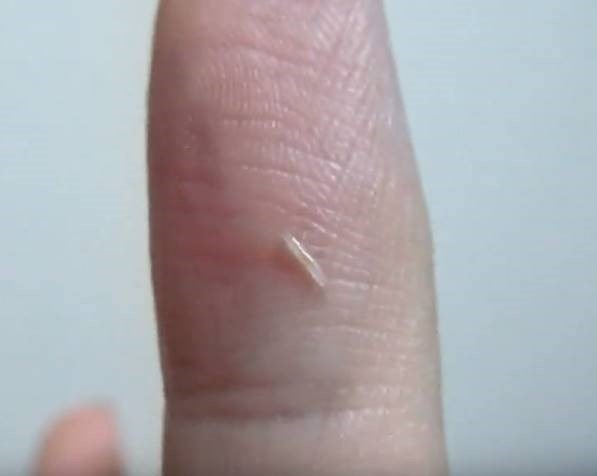The average lifespan of silverfish is between three months and eight years. Their survival includes avoiding predators, surviving without food and producing a lot of little silverfish. These little bugs can go without food for almost a year living on stored internal fat, as long as they can get access to water. As a nocturnal insect, they can avoid most of their predators that hunt by the day such as earwigs, centipedes and spiders. Their silver colour acts as a camouflage in dark locations helping them to avoid predators. They have a tough outer shell that makes it hard for predators to kill or eat them. And finally, silverfish produce a lot of sweat, allowing them to slip over surfaces quickly and wedge themselves into small cracks and crevices to hide. Highly adaptive insects, silverfish have the ability to find food in our homes, eating paper, wallpaper, clothes, fabrics and glue in books. But that’s not all; they will also eat mould, dandruff and other insects. A female silverfish can produce up to 100 eggs in their lifetime.


